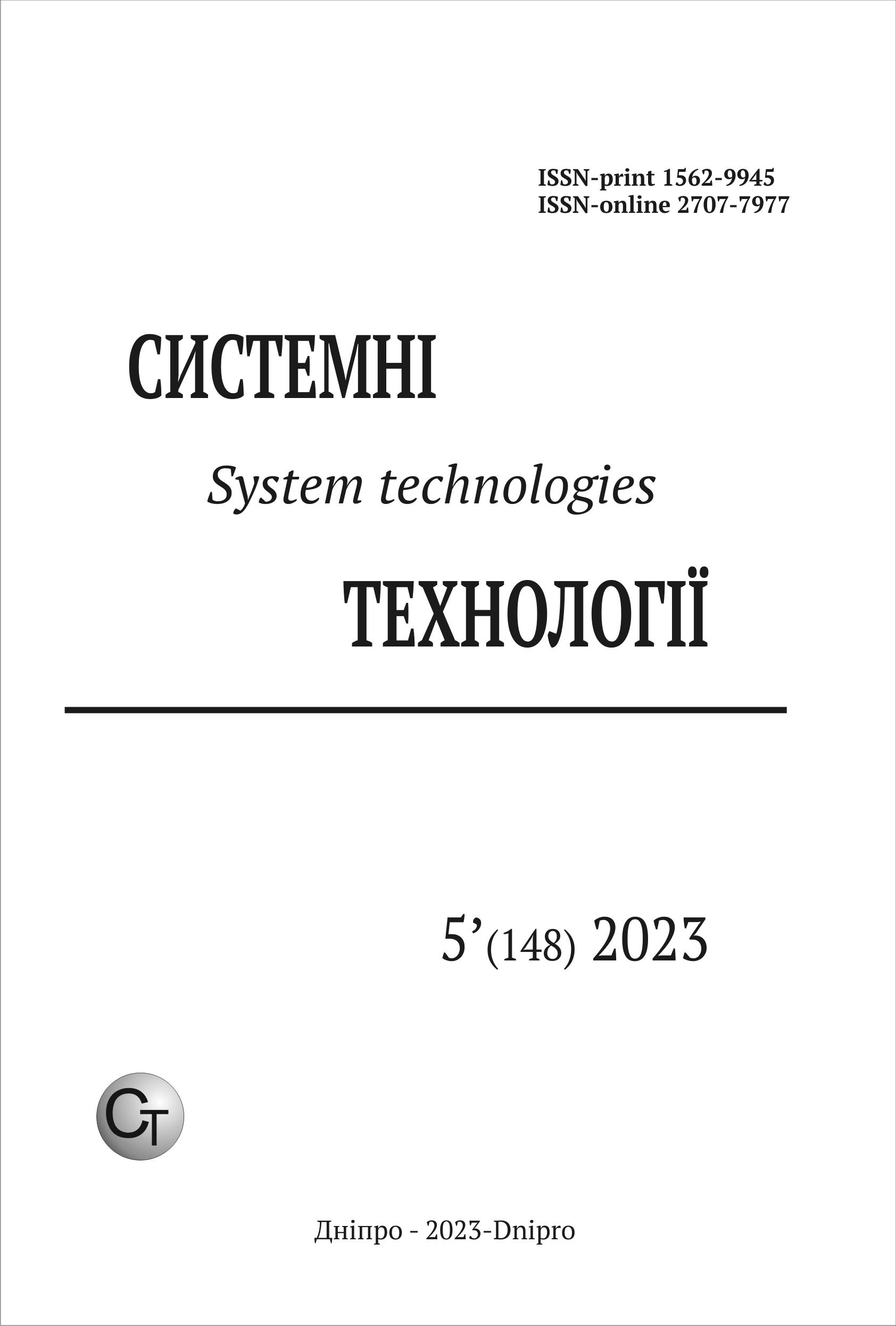ВИКОРИСТАННЯ МЕТОДУ НЕЛІНІЙНОГО РЕКУРЕНТНОГО АНАЛІЗУ ДО ПОШУКУ DDOS АНОМАЛІЙ ЧАСОВИХ РЯДІВ МЕРЕЖЕВОГО ТРАФІКУ
DOI:
https://doi.org/10.34185/1562-9945-5-148-2023-04Ключові слова:
рекурентний аналіз, мережевий трафік, часовий ряд, рекурентна діаграма, параметр затримки, розмірність простору вкладення, RQA аналіз, середовище Матлаб.Анотація
У статті розглядається питання використання методу нелінійного рекурентного аналізу до проблеми пошуку аномалій у мережевому трафіку, що надана у вигляді даних часових рядів знімку трафіку за певний період часу. Описано методика визначення якісної характеристики для вхідних даних та її використання для побудови відповідної рекурентної діаграми (recurrence plots, RP). В якості яких було запропоновано узяти статистку кількості отриманих байтів у секунжу. Для отри-мання чисельних значень показників RP пропонується використовувати середовище Матлаб та розроблений для цього пакет сrptools. Наведені обраховані показники RP дозволили здійснити типізацію отриманих даних та визначити тип якій отримав назву «DDOS-RP», що надає змогу виділити деякі види атак типу DoS/DDoS.
Посилання
Palmeieri, F. & Fiore, U. Network anomaly detection through non-linear analysis. Computers Security, 2010, 29(7), 737-55.
Somenath Mukherjeea, Rajdeep Ray, Rajkumar Samantac, Mofazzal H. Khondekar ,Goutam Sanyal Nonlinearity and chaos in wireless network traffic Chaos, Solitons and Fractals 96 (2017) 23–29
N. Jeyanthi, R. Thandeeswaran, J. Vinithra RQA Based Approach to Detect and Prevent DDoS Attacks in VoIP Networks CYBERNETICS AND INFORMATION TECHNOLOGIE Volume 14, No 1 11-24 DOI: 10.2478/cait-2014-0002
Yun Chen Shijie Sum, Hui Yang Convolutional Neural Network Analysisof Recurrence Plots for Anomaly Detection International Journal of Bifurcation and Chaos, Vol. 30, No. 1 (2020) 2050002 (13 pages)
Iman Sharafaldin, Arash Habibi Lashkari, and Ali A. Ghorbani, “Toward Generating a New Intrusion Detection Dataset and Intrusion Traffic Characterization”, 4th International Conference on Information Systems Security and Privacy (ICISSP), Portugal, January 2018
Chandola, V.; Banerjee, A. & Kumar, V. Anomaly detection: A survey. ACM Computing Surveys, 2009,41(3), 1-58.
Hodge, V. & Austin, J. A survey of outlier detection methodologies. Art. Intel. Revi., 2004, 22(2), 85-126
Mahoney, M. Network traffic anomaly detection based on packet bytes. In Proceedings of ACM Symposium on Applied Computing, 2003, pp. 346-50.
Mekler A.A. Application of the Apparatus for Nonlinear Analysis of Dynamic Systems for EEG Signal Processing // Actual Problems of Modern Mathematics: Scientific Notes. p / ed. prof. Kalashnikova E.V., ed. LGU them. A.S. Pushkin, St. Petersburg, 2004. T. 13 (issue 2), p. 112-140.
Завантаження
Опубліковано
Номер
Розділ
Ліцензія
Авторське право (c) 2024 Системні технології

Ця робота ліцензується відповідно до ліцензії Creative Commons Attribution 4.0 International License.















